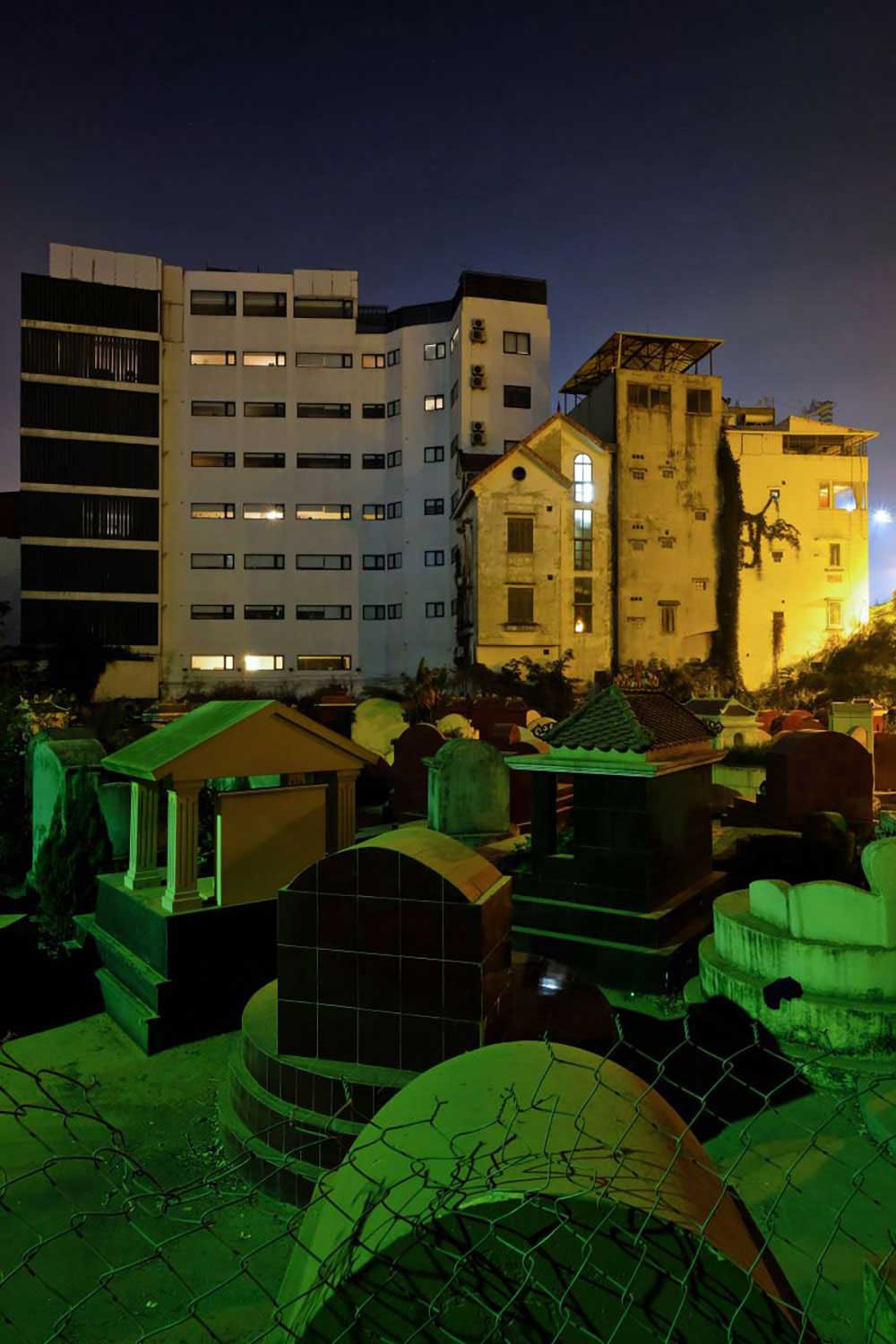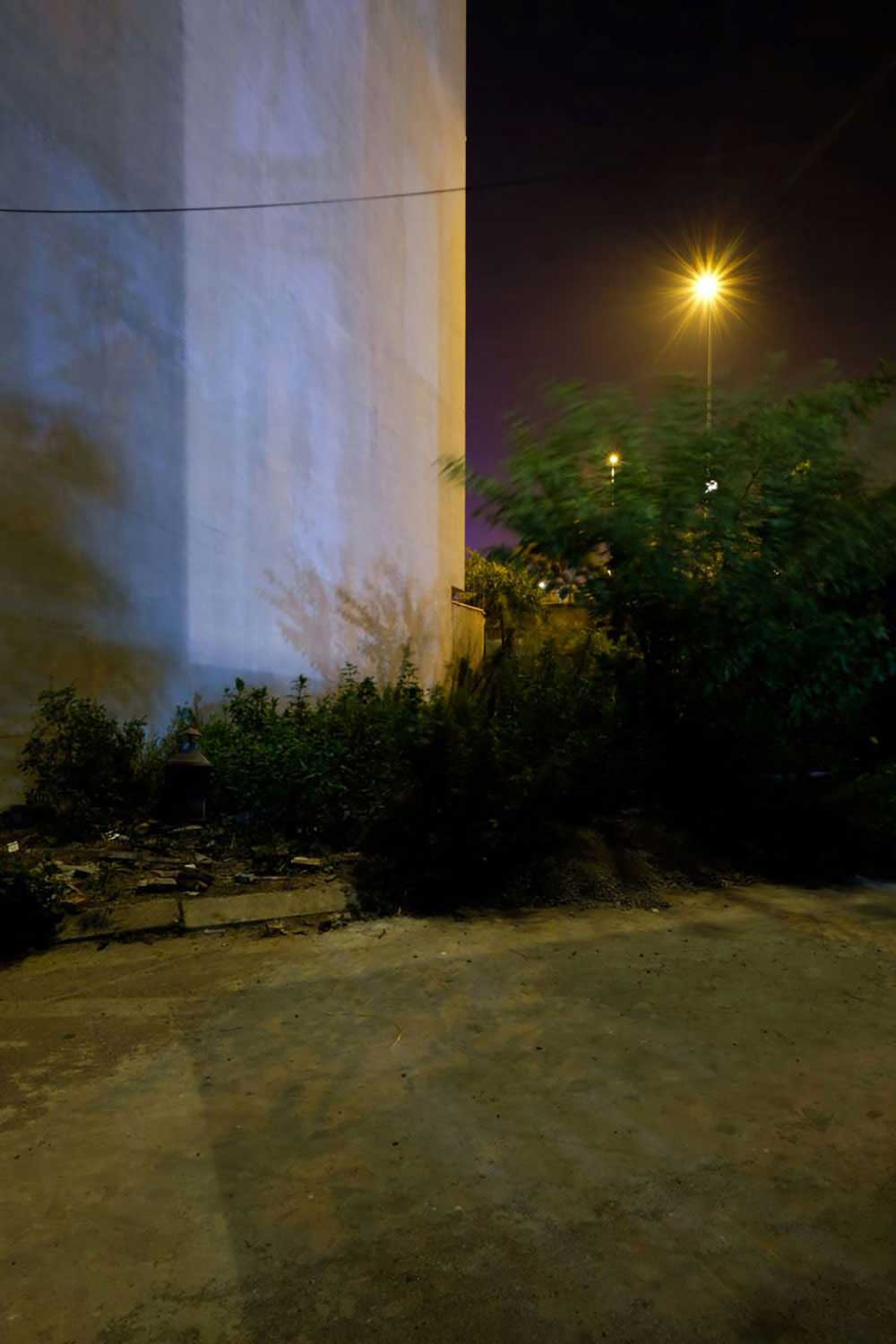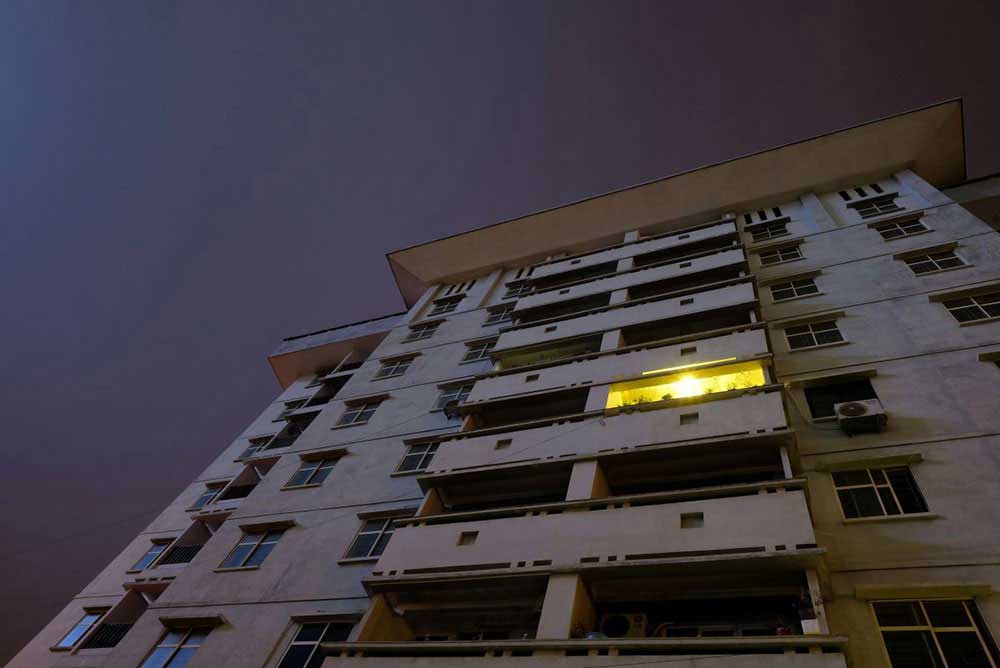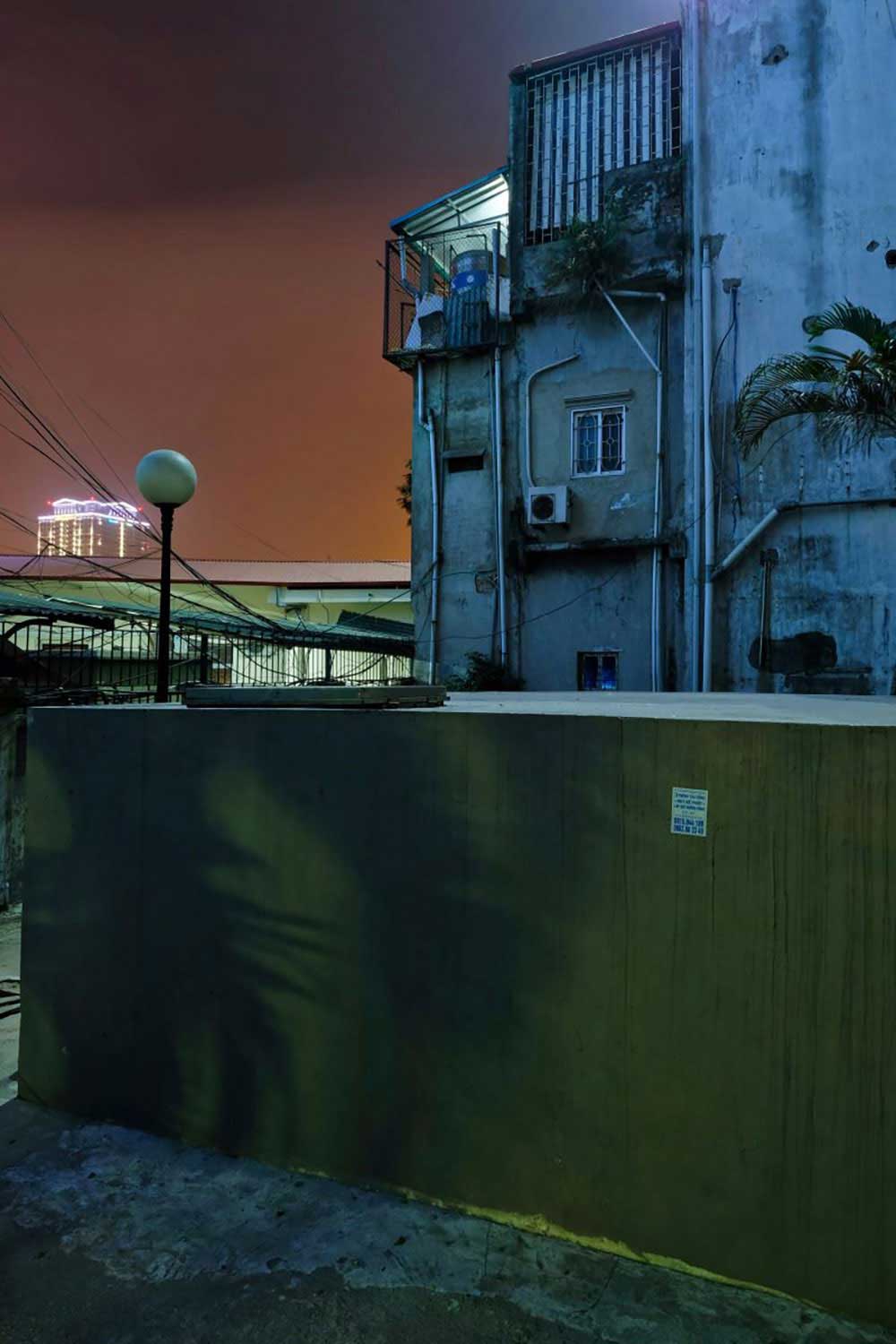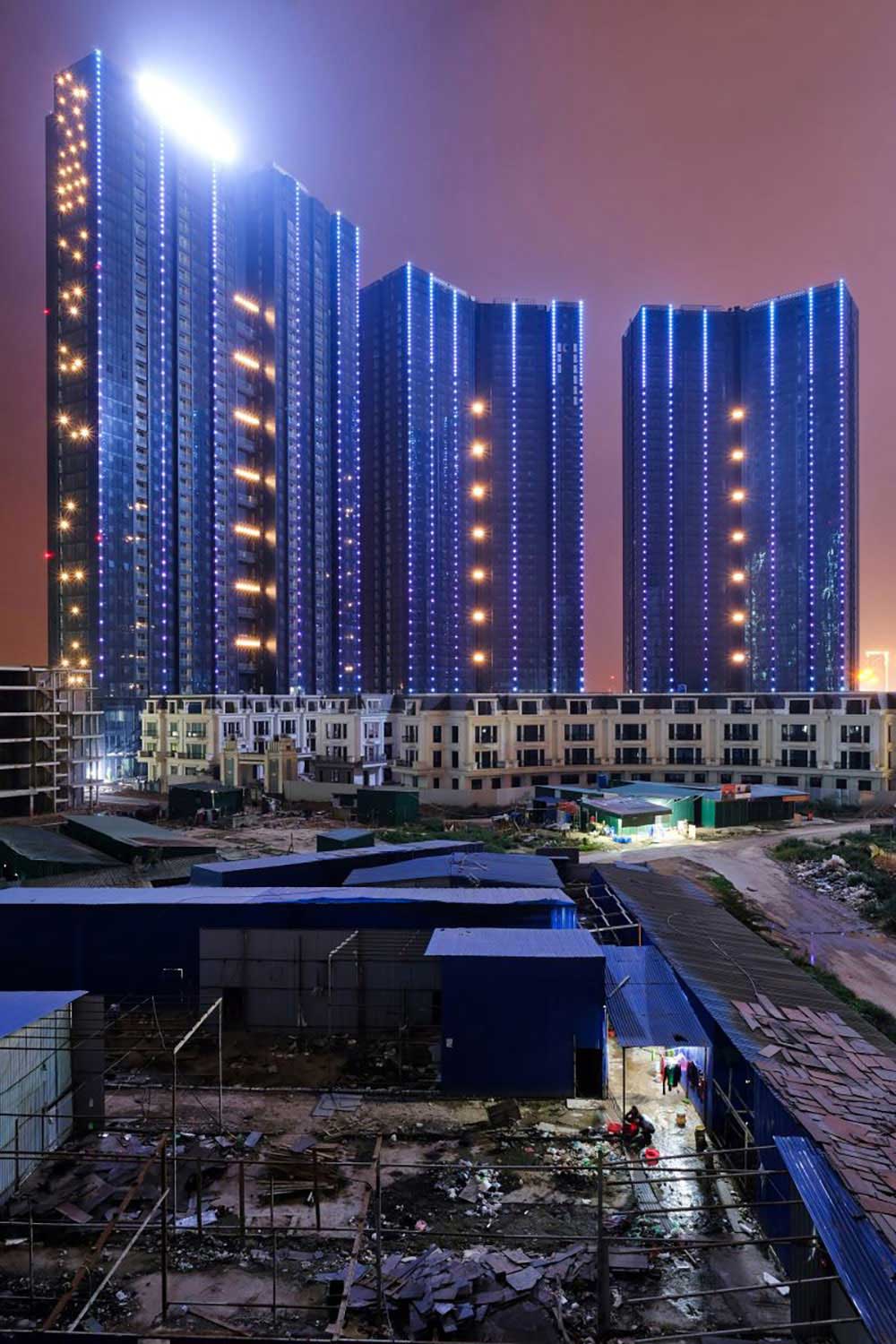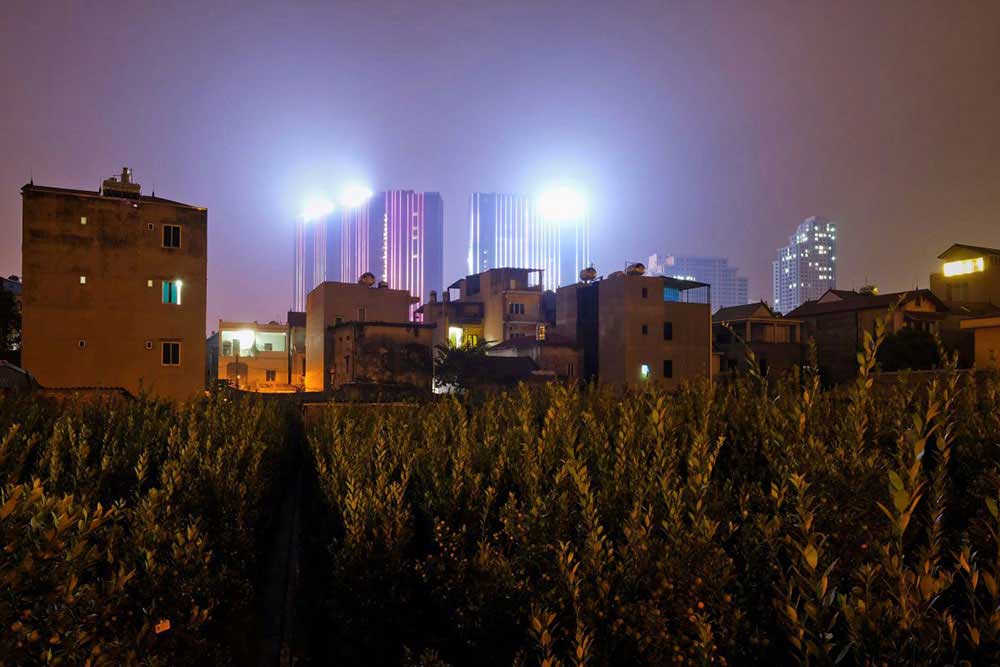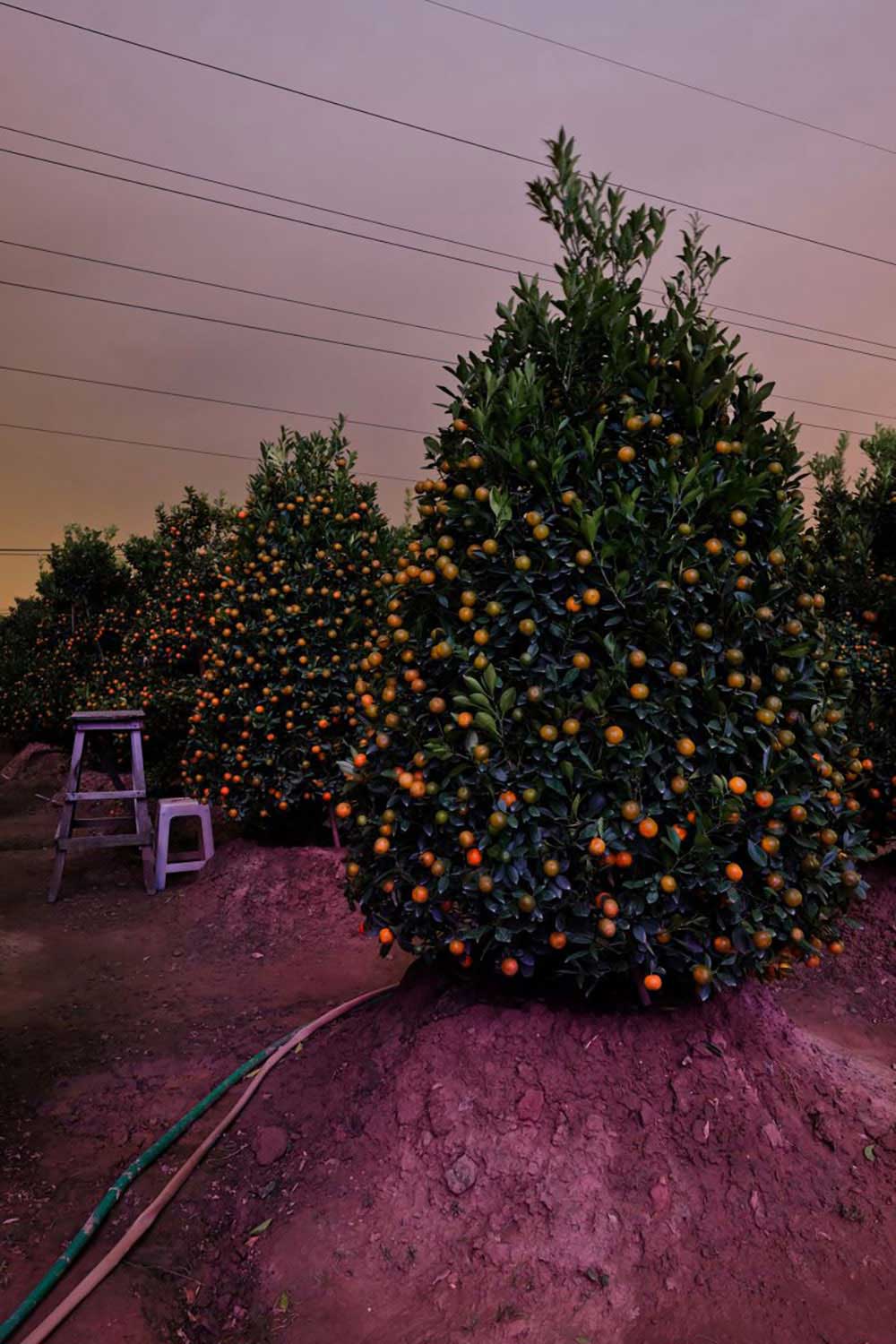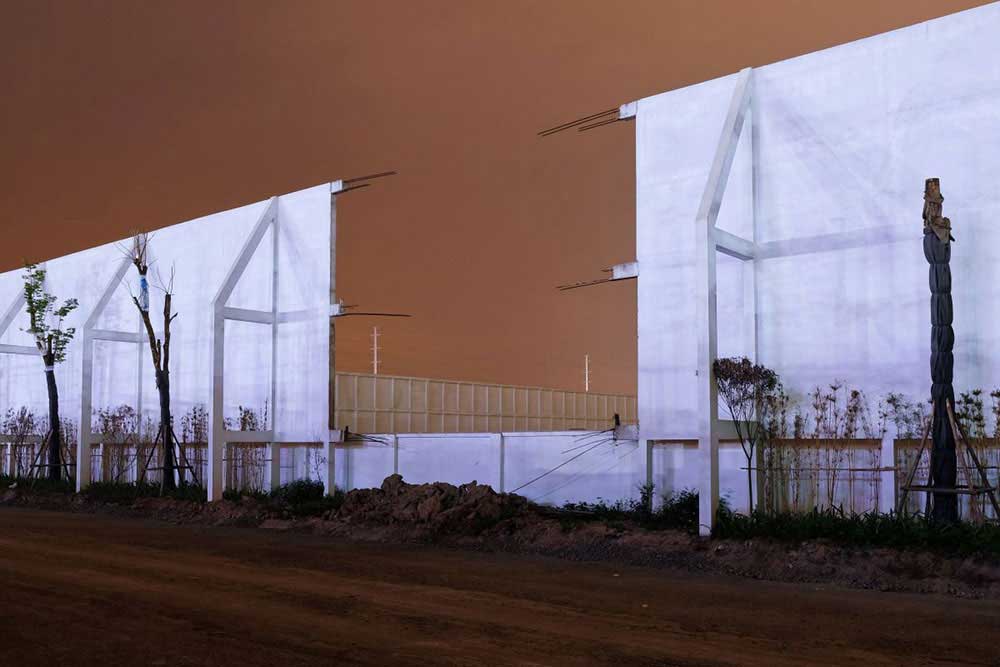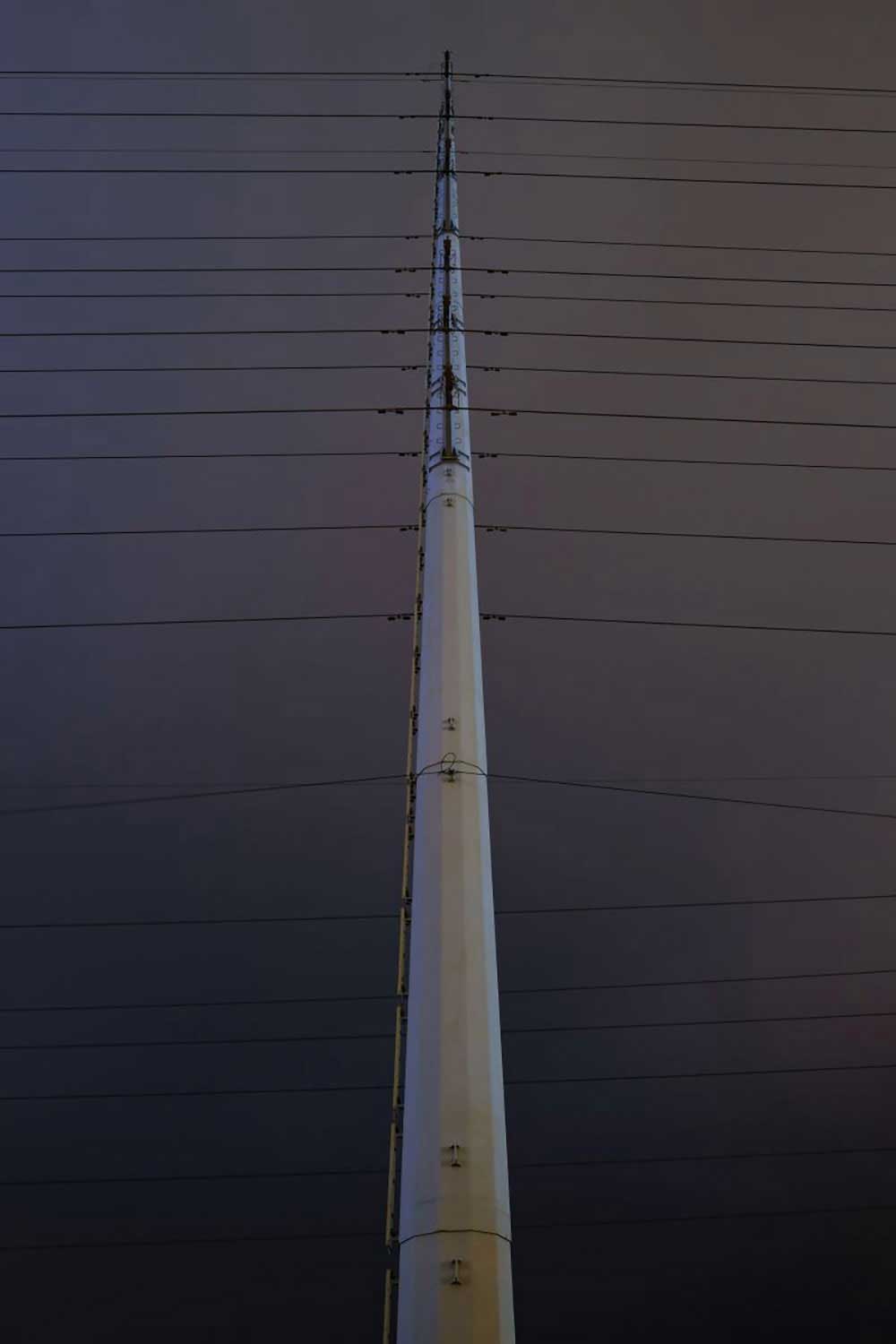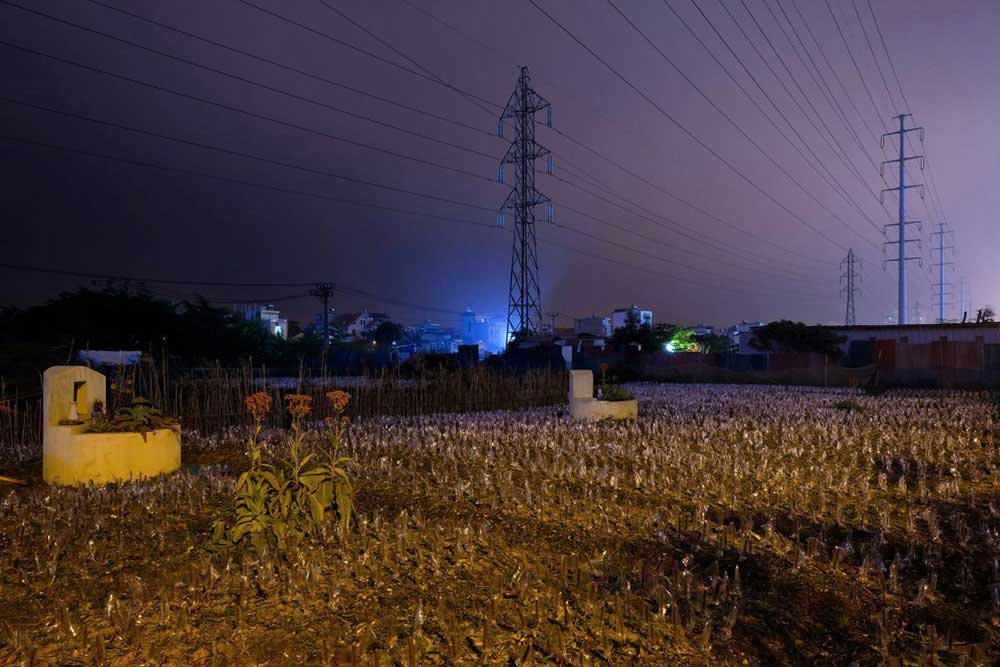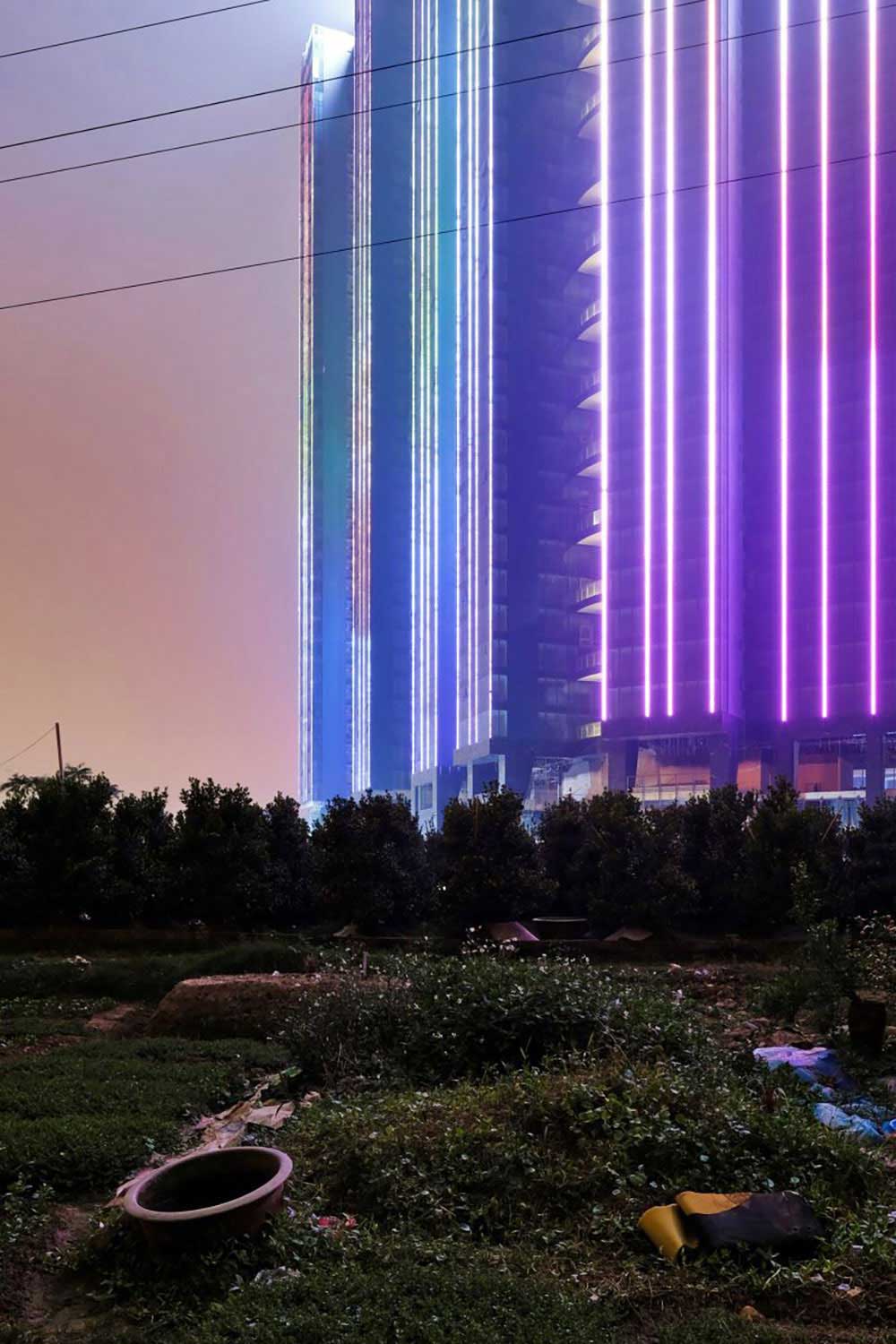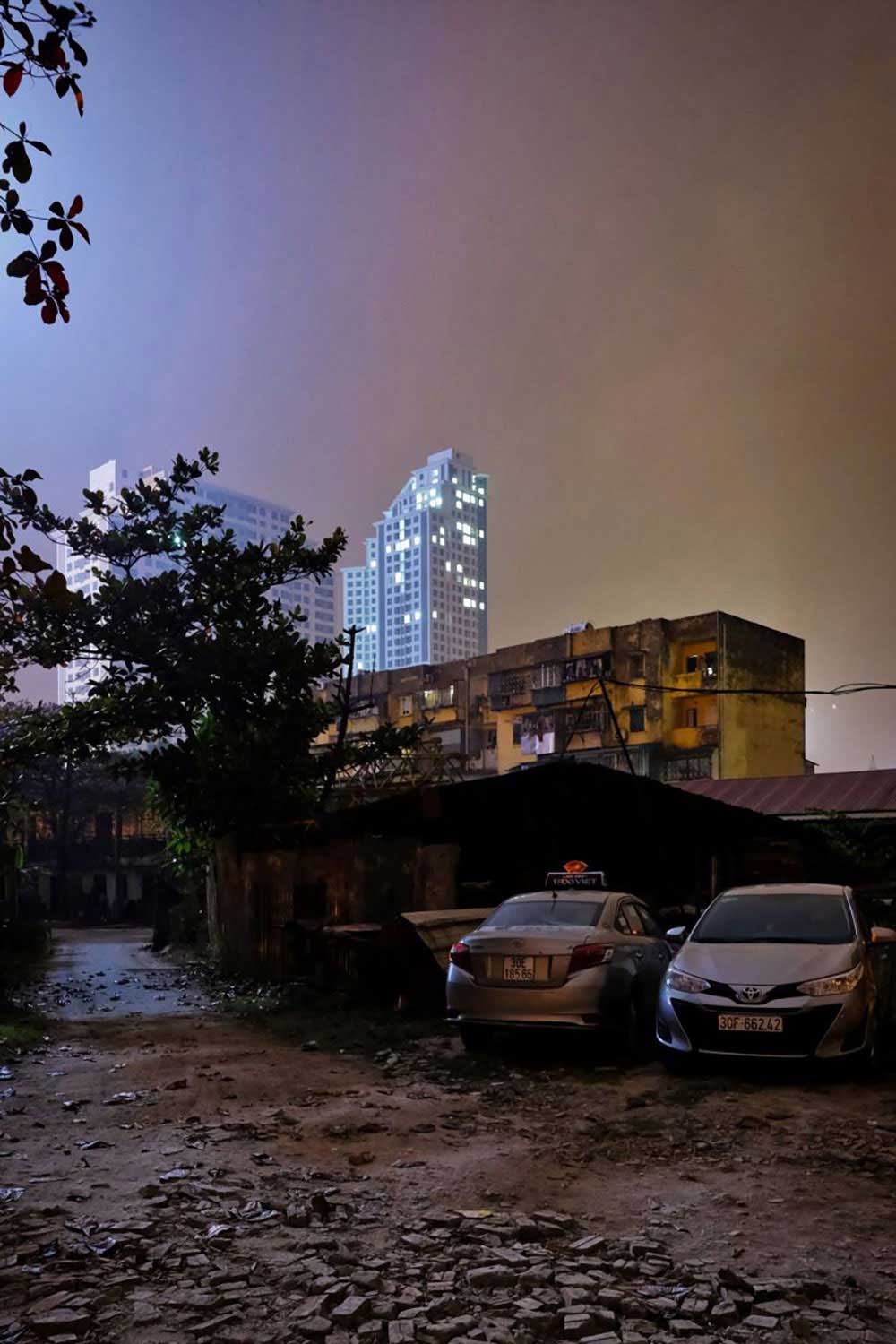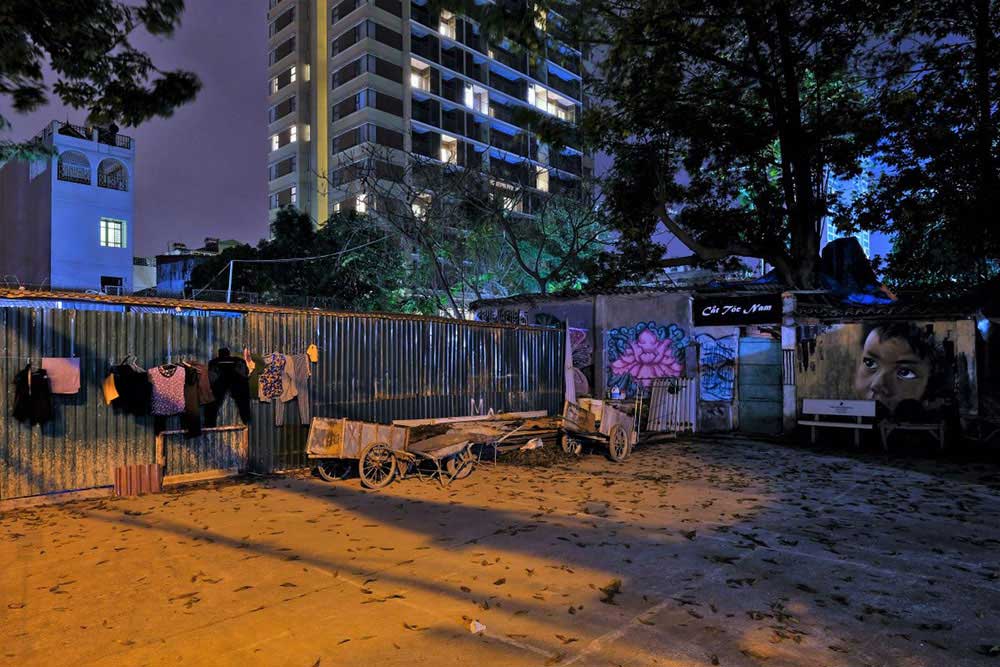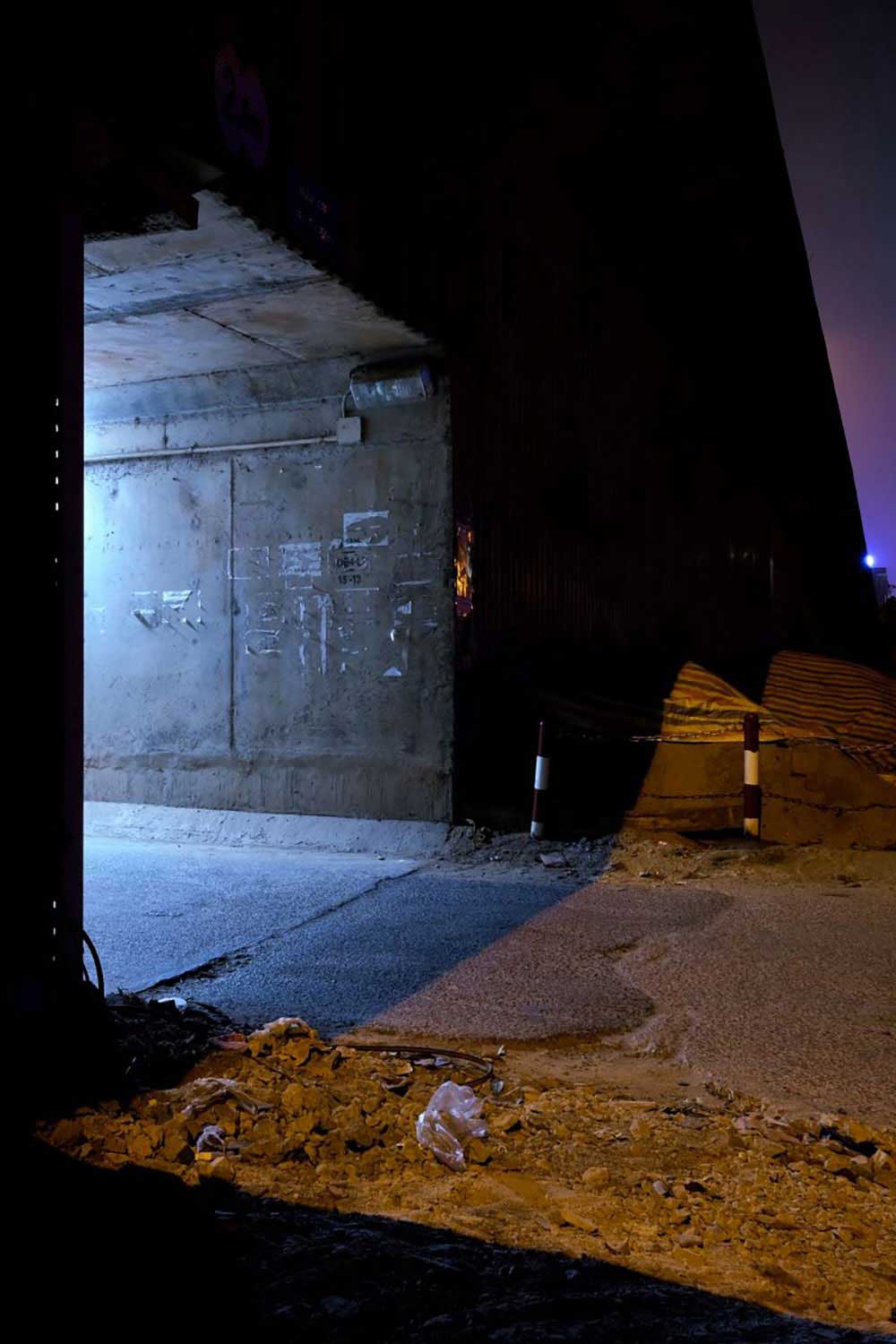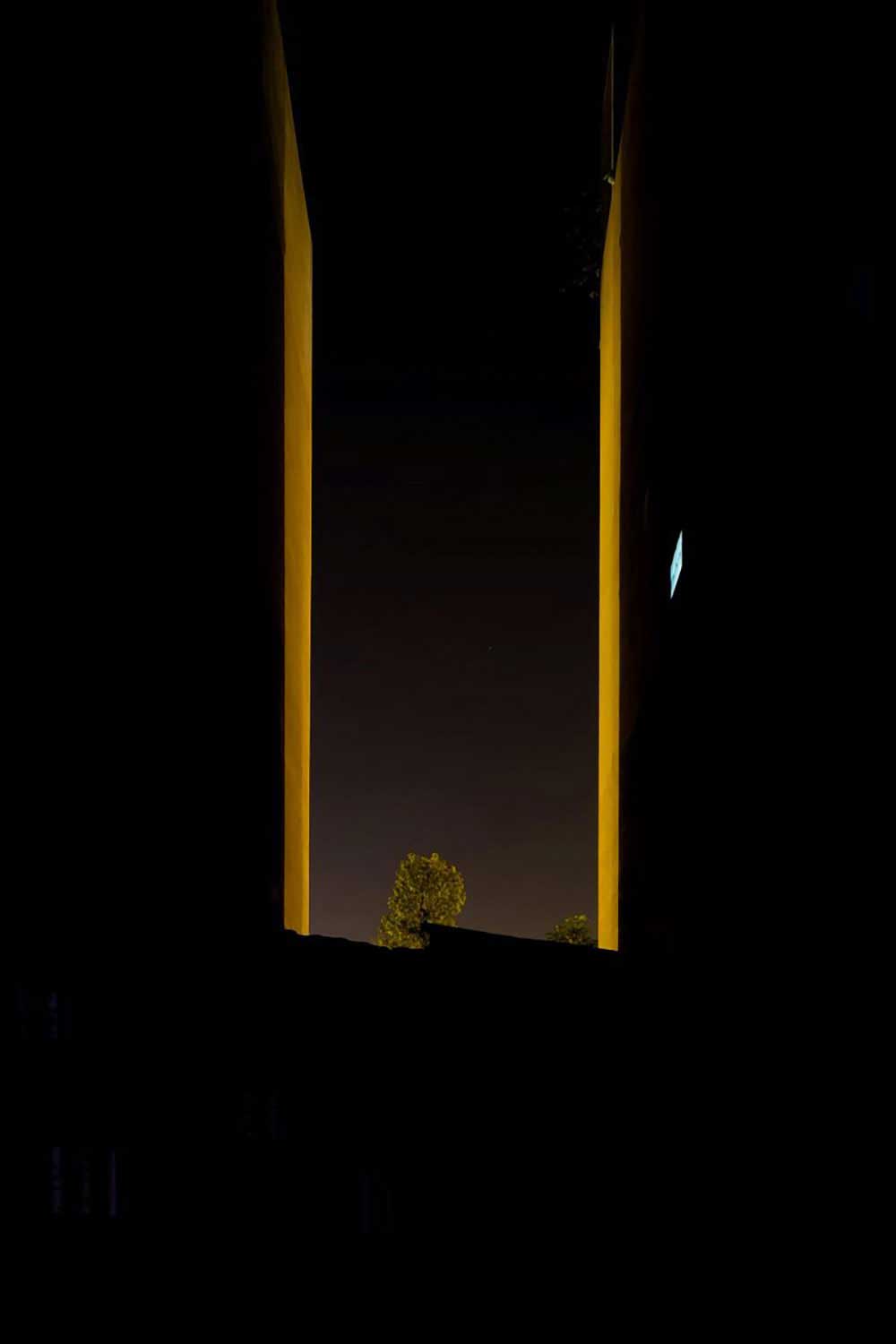“We shall not cease from exploration
And the end of all our exploring
Will be to arrive where we started
And know the place for the first time.”
T.S. Eliot, Little Gidding (1942)
When does one really know a place? Does it take one year? Or a few? Maybe a lifetime?
Having lived in Hanoi for five years, I’m still trying to make sense of it: venturing out after dusk, going from district to district and alley to alley. This process of looking for light and truth feels familiar by now. Comfortable even. But, serene as the search might be, maybe it’s time to come to terms with the fact that this city will never truly reveal itself?
Hanoi’s physical space has been changing radically over the past thirty years. While the city consisted of just a handful of urban districts in the past, new suburbs, rife with modernity, have and continue to be built for the inner-city population to move to. As Vietnam’s economy opened up, new wealth was created which impacted the agricultural lands and villages surrounding Hanoi. Families began to replace their traditional rural homes with multi-storey urban houses. Informal and small-scale at first, these conversions turned into formal rural-to-urban transitions, fueling the expansion of the city.
Throughout these past few decades, Hanoi saw the initiation and development of the transformative state in which it exists today: an ever-expanding mosaic of wards and districts, a labyrinth of lanes, streets and alleys, and a patchwork of demographic, economic, and socio-cultural situations.
I see Hanoi’s old scales fall to the ground and new skin appear. But its winter air is transluscent at best: it lets the shapes, forms and colors pass through, but leaves many blanks to be filled in.
And so the question keeps lingering in my mind: at the end of all this exploring, will I arrive where I started and know this place for the first time?
About Wouter Vanhees
Wouter Vanhees (1978) is a Belgian photographer, who has been living and working in Hanoi since 2015. Wouter started documenting his family’s life and travels in Vietnam and beyond. Gradually he got more into street photography, while living in Hanoi also sparked an interest in the rapid rate of urbanization of Vietnamese cities, and the social implications this creates.
In his artistic work, Wouter aims to tell the story of this urban transformation and of the lives of people on street level amid the changing cityscapes. He often wanders the cities after dusk, hunting for eye-catching and colorful slices of life and turning these into compelling visual stories. Apart from his urban nightscapes, he also enjoys creating other types of images, ranging from candid portraits to landscapes.
He continuously adds new photos to his body of work, and has participated in the IPA Mentorship program, organized by the highly-regarded Singapore-based photography platform Invisible Photographer Asia. [Official Website]



